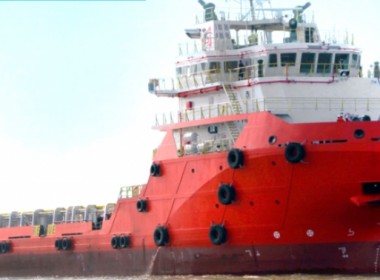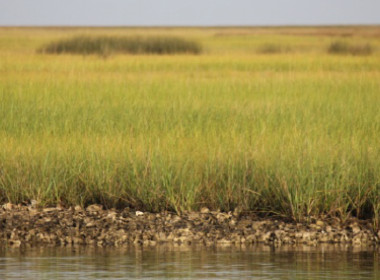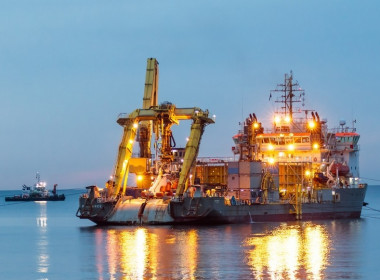Florida’s Flagler County to benefit from US$27 million coastal protection works

The US Army Corps of Engineers’ (USACE) Jacksonville District has awarded a US$27 million contract to Weeks Marine (WMI) of Cranford, New Jersey, for initial construction of the Flagler County, Florida, Coastal Storm Risk Management (CSRM) project.
The USACE will provide 65 per cent of the total project costs and Flagler County, Florida, the project’s non-federal sponsor, will provide 35 per cent toward the beach construction along 3.5 miles (5.6 kilometres) of the county’s critically eroded Atlantic shoreline. Additional sections of the coastline will also be renourished, both north and south of the federal project, as part of this contract using non-federal funding.
The Flagler County CSRM project is a federally authorised, 50-year project designed to provide sustainable coastal storm risk management for property, critical infrastructure such as evacuation route SR A1A, and environmental habitat while providing recreational opportunities for residents and tourists.
When constructed, the project will provide a holistic, environmentally friendly defence against future storms, beach erosion, and sea level rise. The USACE said it will also foster a more resilient coastal environment, allowing faster and less costly recovery in the wake of any future severe storm impacts.
Upon completion of initial construction, the project will become eligible for emergency beach renourishment following significant storm events at 100 per cent federal cost.
Initial construction is scheduled to take approximately nine months beginning in June 2024 with completion in March 2025, pending unforeseeable weather delays, and will encompass beach placement of approximately 1.3 million cubic yards (993,921 cubic metres) of compatible material dredged from a federally managed borrow source approximately 12 miles (19 kilometres) offshore.
The USACE expects periodic nourishment to occur in 11-year cycles determined by the extent of storm impact, wave erosion, and sea level rise.
The project will include construction and extension of the coastal dune and berm (open beach) based on pre-Hurricane Matthew dimensions. Native beach slopes and grades will be maintained, resulting in a wider beach berm for recreation and storm protection.
The dune extension will be planted with native vegetation to promote dune stability and provide an expanded forage and habitat environment for a number of threatened and endangered species including nesting sea turtles and a variety of shorebirds.
The dune extension will be planted with native vegetation to promote dune stability and provide an expanded forage and habitat environment for a number of threatened and endangered species including nesting sea turtles and a variety of shorebirds.







